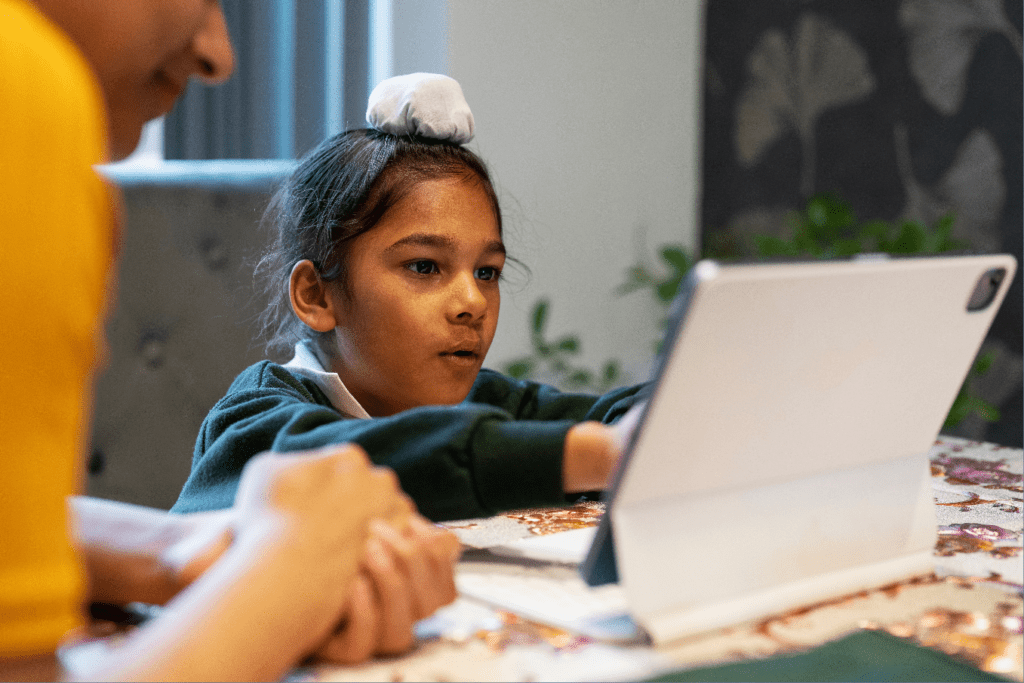Active learning is a teaching approach that involves students directly in the learning process. It’s underpinned by the belief that learners absorb information more effectively when they participate actively in their education. This article shares strategies that educators can use to foster active involvement in learning.
Why Active Learning Matters
Active learning goes beyond passive listening or reading. It engages students in tasks such as reading, writing, discussing, problem-solving, or reflecting—activities that promote analysis, synthesis, and evaluation of class content. Active learning benefits students by improving retention of information, enhancing critical thinking skills, and encouraging a deeper understanding of the subject matter.

Strategies to Promote Active Learning
1. Interactive Lectures
Transform traditional lectures into interactive sessions by interspersing brief lectures with activities that allow students to process and apply what they’ve learned. This could involve brief discussions, problem-solving exercises, or short quizzes.
2. Collaborative Learning
Group work encourages students to discuss concepts, work through problems together, and learn from each other. Techniques such as think-pair-share, jigsaw activities, or group projects can foster a collaborative learning environment.
3. Real-world Applications
Connect classroom learning with real-world scenarios. This could involve case studies, project-based learning, or service-learning projects that allow students to apply their knowledge in practical contexts.
4. Inquiry-Based Learning
Generate curiosity and promote deeper understanding by structuring lessons around questions or problems. Encourage students to investigate these issues, gather information, and draw conclusions based on their findings.
5. Reflective Practices
Promote reflection on learning by encouraging students to consider what they’ve learned, how it connects to their previous knowledge, and how they can apply it in new situations.
6. Technology-Enhanced Learning
Incorporate digital tools that promote active learning. This could involve online discussion boards, interactive quizzes, digital storytelling tools, or virtual simulations.
Conclusion
Encouraging active involvement in learning can transform education into an engaging and meaningful experience for students. By implementing the strategies outlined above, educators can foster an environment where students are not just passive recipients of knowledge but active participants in their learning journey.





